Scientists have innovative technology that may allow us to revive the past.
Have you ever seen Jurassic Park and wondered if that could be a reality? Could a Velociraptor roam the forests alongside the bears and wolves? New technological advancements in biotech show promise of bringing back extinct species, also known as de-extinction and resurrection biology.

First, what is this “new technology,” and how can it bring back extinct species? The art of resurrection biology resides within the category of conservation efforts. The purpose of de-extinction is to restore diversity and restore lost ecosystem functions (1,2). Unfortunately, there is no confirmation that it will help restore biodiversity. Some researchers even believe that it risks the loss of biological variance and lowers the incentive for standard conservation methods (3).
How can de-extinction and resurrection actually be done? There are three main methods of de-extinction: back-breeding, cloning, and genome editing (1,2,3). Back-breeding and cloning have been around since the 20th century, while genome editing has been made possible through newer advances in genetics (2,3).
Back-breeding, similar to selective breeding, is a method in which animals with traits similar to the desired animal are bred and progressively get closer to the extinct animal (1,3). A prominent example of back-breeding is the aurochs, ancient cows that went extinct in the 1600s and were as tall as an elephant (2,3). Through eight generations of back-breeding cows, scientists were able to create the tauros: an animal that resembled an aurochs (2,3).
Cloning is a very different process. You may have heard about cloning before. Maybe you have wanted to clone yourself so that you don’t have to go to school or clone your pet so that you’ll never have to say goodbye. The first example of cloning was when Hans Adolf Eduard Driesch divided the embryo of a salamander into two identical viable embryos (3,4). Much more well-known is “Dolly,” the sheep that was cloned in a lab in 1996 (1). The two main ways of cloning an organism are somatic cell nuclear transfer and embryo twinning (4). Somatic cell nuclear transfer (SCNT) is the transfer of DNA from a non-reproductive cell to an egg cell, which is artificially fertilized and implanted into a surrogate mother (4).
The most promising of the three techniques is genome editing. Genome editing is a subcategory of genetic engineering, where CRISPR-Cas9 (Clustered Regularly Interspaced Palindromic Repeats), a tool that uses Cas9 and guide RNA to modify DNA, is used to alter the DNA of an organism (1,3). CRISPR-Cas9 can replace, delete, or add to the DNA, resulting in a hybrid organism that is a combination of the two (1,3). First, the DNA of both must be extracted and sequenced; then, the unique traits of the extinct organism are identified, and a library of those genes must be built into CRISPR (1). Next, using CRISPR, the DNA of a cell of the organism is edited to be similar to the extinct species (1). This cell is tested to ensure that everything has worked as intended. Finally, an embryo is made and implanted into a surrogate mother (1).

Recently, biotech company Colossal Biosciences has been able to de-extinct the dire wolf, creating the first three puppies in over 10,000 years (1,2,3). Another animal that generates interest is the woolly mammoth, which has been extinct for over 4,000 years (1,2,3). The future is bright: Colossal Biosciences is setting its sights on woolly mammoths, dire wolves, dodo birds (extinct since 1681), Tasmanian tigers (extinct since 1936), and ivory-billed woodpeckers (extinct since 1944) (1,2,3).
But this begs the question: Is creating a hybrid species the same as reviving an extinct one? Many scientists disagree. Clare Palmer, a professor of environmental philosophy at Texas A&M, said, “From what I’m seeing, you are not really de-extincting anything. You are creating something else” (2). Scientists referred to the tauros that were bred to be like aurochs as being still tauros (2). In addition, one organism isn’t enough to re-create a whole species (2). Species are defined not only by their DNA but also by their population structure, behavior, and gene pool (2). De-extinction isn’t about bringing back whole extinct species; it’s about making valuable approximations and using new information to aid ongoing conservation efforts (2). We have been able to create herpes vaccines for young elephants and use gene editing to counter inbreeding in Mauritius pink pigeons (2).
So what does the future hold? Will we see dinosaurs roaming the Earth? Probably not. But maybe one day, as technology advances, we will have our own version of Jurassic Park.
Sources
- Ord, S. (2022). How De-Extinction Works: Methods, Examples and Step-by-Step Process. Colossal.com. https://colossal.com/how-de-extinction-works/
- Preston, C. (2025, January 9). Despite Biotech Efforts to Revive Species, Extinction Is Still Forever. Yale E360. https://e360.yale.edu/features/de-extinction
- Fox-Skelly, J. (2025, April 9). How extinct animals could be brought back from the dead. BBC. https://www.bbc.com/future/article/20230113-how-extinct-animals-could-be-brought-back-from-the-dead
- Genetic Science Learning Center. (2014, July 10) What is Cloning. https://learn.genetics.utah.edu/content/cloning/whatiscloning/
Image


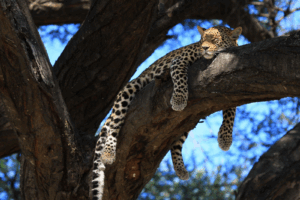

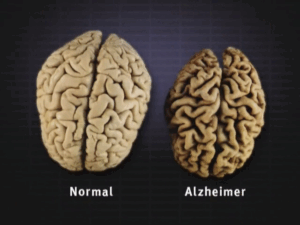


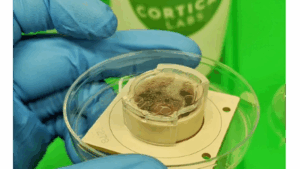



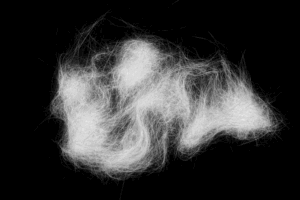

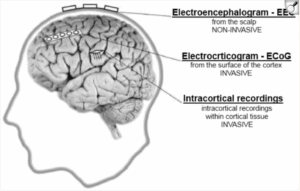
Comments are closed.